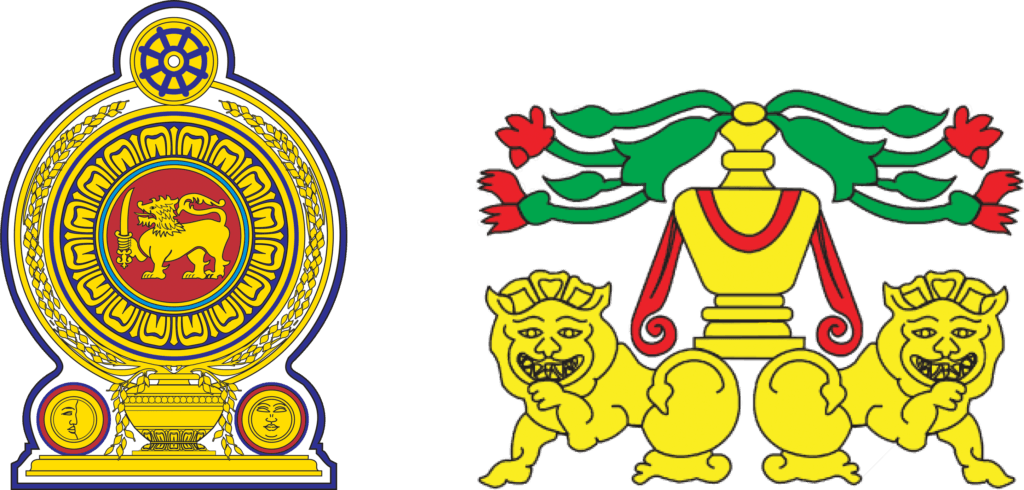The National Certificate in Plumber is a specialized program designed to provide individuals with the skills and knowledge required to excel in the field of plumbing. This certificate program covers various aspects of plumbing, including pipefitting, installation, maintenance, repair, and troubleshooting of plumbing systems in residential, commercial, and industrial settings. Participants will learn about different types of pipes, fixtures, valves, and plumbing fittings, as well as plumbing codes and regulations. The program also covers topics such as water supply systems, drainage systems, gas piping, and plumbing fixtures. Through practical training and hands-on experience, students will develop their skills in pipe installation, soldering, welding, drain clearing, leak detection, and plumbing system maintenance. Graduates of the National Certificate in Plumber will be well-prepared to work in plumbing companies, construction firms, or even start their own plumbing businesses. This certificate ensures that individuals have the necessary skills to install, repair, and maintain plumbing systems, ensuring the proper functioning of water supply and drainage systems in buildings and contributing to the health and safety of occupants.
National Certificate In Plumber (NVQ L3) – Part Time
National Certificate In Plumber
Overview Of Course
- Course Code 1:345
- Course Duration 1:3 Months
- Days & Time :Saturday - 9.00 A.M. to 4.00 P.M.
- Course Fee 1:Rs. 46,000.00
Note*
The National Certificate in Plumber is a specialized program designed to provide individuals with the skills and knowledge required to excel in the field of plumbing.
Entry Qualification
G.C.E. O/L
Course Contents
Basic Principles/ Fundamentals in Plumbing
Reading and interpreting Basic plumbing Drawings/plans
Laying of uPVC pipes in walls
Laying of uPVC pipes on walls
Laying of underground uPVC pipes
Fix pipe fittings(bends, elbows, plain sockets, reducing sockets, bushing, Tee joints, faucet sockets, valve sockets, faucet elbows)
Conducting pressure test for pipe line systems
Lay Soil and Drainage Pipes (Basics)
Install Common Sanitary Fittings
Install Rainwater System
Install water pumps
Reading and interpreting Basic plumbing Drawings/plans
Laying of uPVC pipes in walls
Laying of uPVC pipes on walls
Laying of underground uPVC pipes
Fix pipe fittings(bends, elbows, plain sockets, reducing sockets, bushing, Tee joints, faucet sockets, valve sockets, faucet elbows)
Conducting pressure test for pipe line systems
Lay Soil and Drainage Pipes (Basics)
Install Common Sanitary Fittings
Install Rainwater System
Install water pumps

